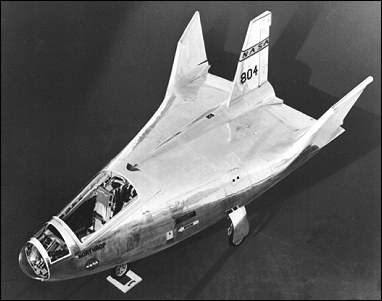 |
Northrop HL-101966 |  |
| RESEARCH AIRCRAFT | Virtual Aircraft Museum / USA / Northrop |
 |
In mid-1964 Northrop was contracted by the US National Aeronautics and Space Administration (NASA) to produce two all-metal wingless lifting-body re-entry research vehicles, based on experience gained with the Northrop M2-F1 wooden glider, which made more than 500 flights in 1963-64. The two new vehicles were designated M2-F2 and HL-10 and differed in under- and upper-surface fuselage shapes. First flight of the M2-F2 as a glider was made on 12 July 1966 when it was dropped from beneath the wing of a Boeing B-52 at 14235m to make a successful 306km/h landing four minutes later. The HL-10 made a similar flight on 22 December 1966. First powered flight using rockets was made by the HL-10 from a B-52 on 13 November 1968; the M2-F2 was badly damaged on landing in May 1967 and, subsequently rebuilt as the M2-F3 made its first powered flight on 2 June 1970, attaining Mach 0.8 at 16155m on three of its four XLR11 rocket chambers. Later in the programme it recorded a height of nearly 27430m and speed of Mach 1.7, while the HL-10 attained Mach 1.9 and a height in excess of 27430m. When testing ended in 1973 these aircraft had provided much information which was to prove invaluable for NASA's Space Shuttle programme.
|  COMPANY PROFILE | |||||||||||
 |

|


